| Navigation | |||
| Portulaca granulatostellulata (POELLN.) RICCERI & ARRIGONI |
| Fam.: Portulacaceae \ Portulakgewächse / Purslane Fam.
|
| Synon.: Portulaca oleracea L. subsp. granulatostellulata (POELLN.) DANIN & H.G.BAKER |
| Gattung / Genus: Portulaca L. |
| Autoren / Authors: | |||
| Karl von Poellnitz (1896 - 1945), deutscher Botaniker / German botanist | |||
| Carlo Ricceri (1933 - ), italienischer Botaniker / Italian botanist | |||
| Pier Virgilio Arrigoni (1932 - ), italienischer Botaniker / Italian botanist | |||
| Carl von Linné (Linnaeus, 1707 - 1777), schwedischer Naturforscher, der das binäre Benennungs-System für Pflanzen + Tiere einführte / Swedish naturalist who introduced the binary naming system for plants + animals | |||
| Avinoam Danin (1939 - 2015), Botaniker in Jerusalem (Israel) / botanist in Jerusalem (Israel) | |||
| Herbert George Baker (1920 - 2001), britisch-amerikanischer Botaniker / British-American botanist | |||
| Etymologie / Etymology: | |||
| Portulaca: | portula = kleine Tür (abführende Wirkung) / portula = little door (purgative effect) | ||
| granulatostellulata: | mit körnigen kleinen Sternen (Same) / with small granulate stars (seed) | ||
| oleracea: | Gemüse / vegetable | ||
Der Botanik-Professor AVINOAM DANIN aus Israel hat dort sechs verschiedene Arten aus dem Portulaca oleracea Aggregat nach ihren Samen unterschieden und beschrieben. Die Samen haben Durchmesser zwischen 0,6 und 1 mm. Sie besitzen ganz verschiedene Oberflächenstrukturen, sodass Arten nach den Oberfächenstrukturen und Größen der Samen unterschieden werden können. Mindestens vier dieser Arten wurden auch in Deutschland gefunden. Beim kleinsamigen tetraploiden Portulaca granulatostellulata besteht die Struktur aus stern-ähnlichen plastischen Figuren mit stumpfen Armen und vielen Papillen dazwischen. Zumindest am westlichen Rand Deutschlands (Baden-Württemberg, Nordrhein-Westfalen) ist Portulaca granulatostellulata mit Abstand die häufigste Art. Außerdem wurden in Deutschland Portulaca papillatostellulata, Portulaca nitida und Portulaca oleracea s.str. (= stellulata) gefunden. Erste Funde dieser Arten in Nordrhein-Westfalen wurden in BOMBLE (2013), Funde von Portulaca granulatostellulata, P. nitida und P. papillatostellulata in Nordrhein-Westfalen dargestellt. Botanic professor AVINOAM DANIN from Israel distinguished and described six different species in the Portulaca oleracea aggregate according to their seed. The seed has a diameter between 0,6 and 1 mm. The surfaces of the seeds have totally different structures, so according to the surface structures and the size of the seed different species can be distinguished. At least four of these species have also been found in Germany. At the small-seeded tetraploid Portulaca granulatostellulata the structure consists of small plastic figures similar to stars with edgeless arms, and many papillae between them. In the most western parts of Germany (Baden-Württemberg, Northrhine-Westphalia) Portulaca granulatostellulata is the most frequent species. In Germany moreover Portulaca papillatostellulata, Portulaca nitida, and Portulaca oleracea s.str. (= stellulata) have been found. First findings of these species in Nordrhine-Westphalia have been presented in BOMBLE (2013), Funde von Portulaca granulatostellulata, P. nitida und P. papillatostellulata in Nordrhein-Westfalen. | ||
 | ||
|
 | ||
|
 | ||
|
 | ||
|
 | ||
|
 | ||
|
 | ||
|
 | ||
|
 | ||
|
 | ||
|
 | ||
|
 | ||
|
 | ||
|
 | ||
|
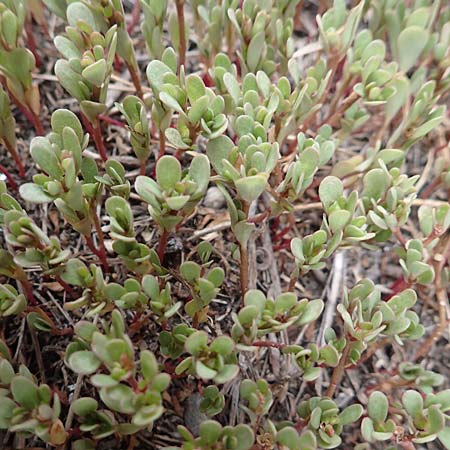 | ||
|
 | ||
|
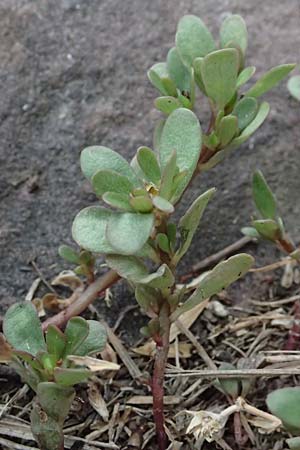 | ||
|
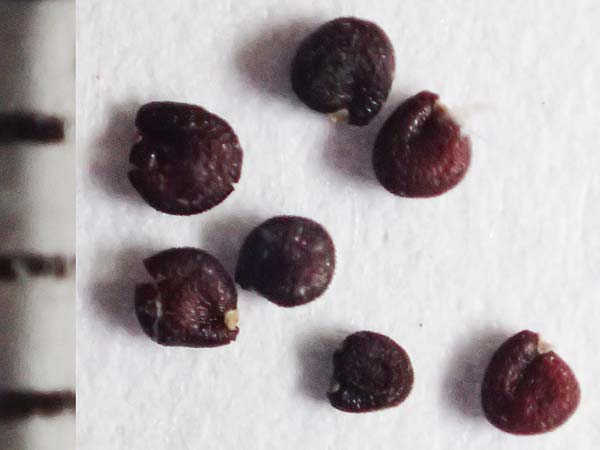 | ||
|
 | ||
|
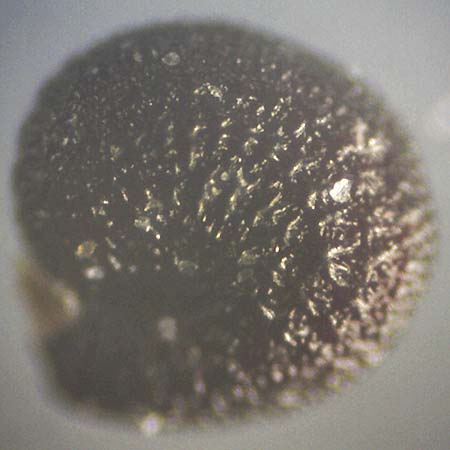 | ||
|
 | ||
|
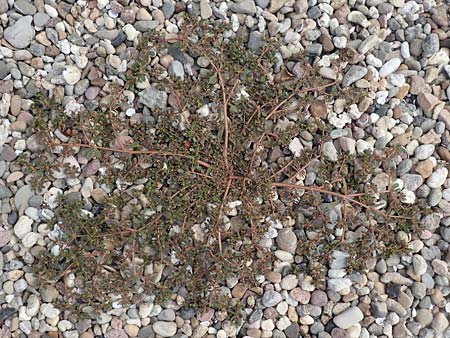 | ||
|
 | ||
|
 | ||
|
 | ||
|
 | ||
|
 | ||
|
 | ||
|
 | ||
|
 | ||
|
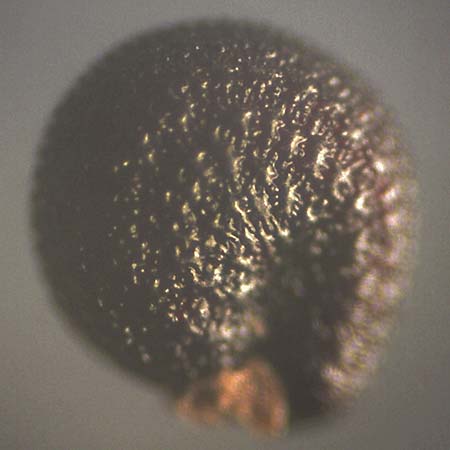 | ||
|
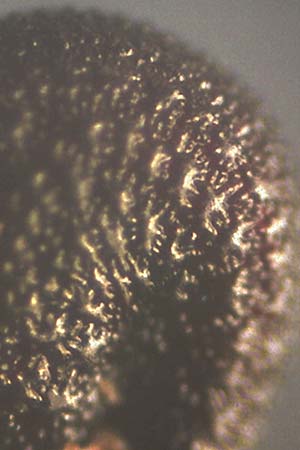 | ||
|
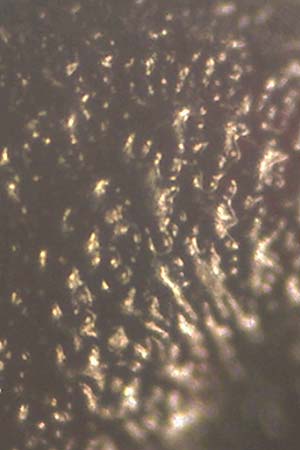 | ||
|
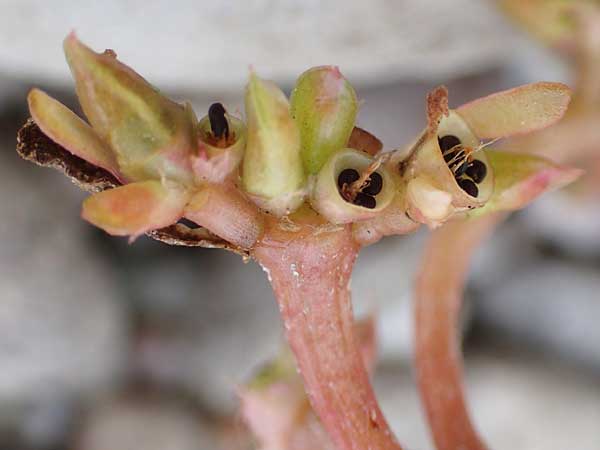 | ||
|
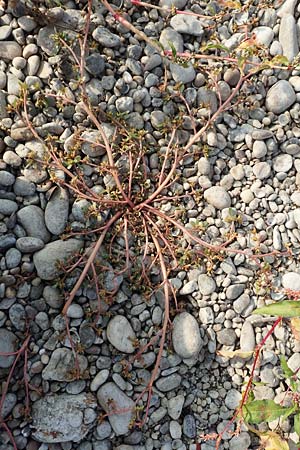 | ||
|
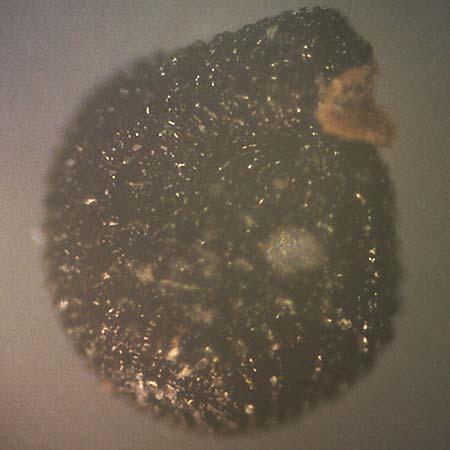 | ||
|
 | ||
|
 | ||
|
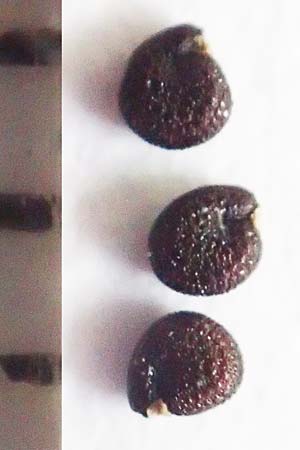 | ||
|
 | ||
|
 | ||
|
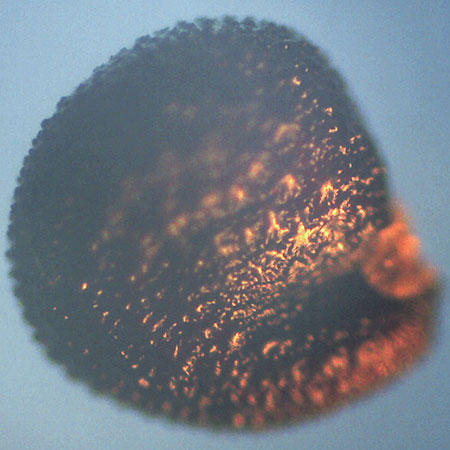 | ||
|
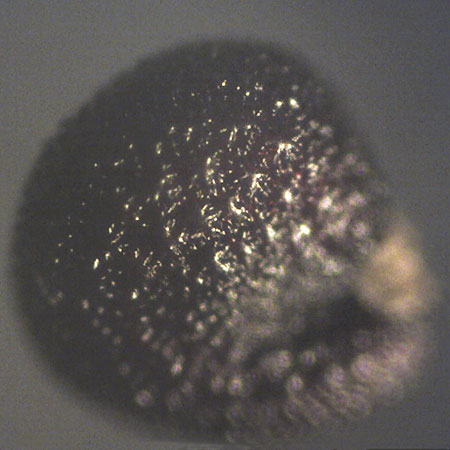 | ||
|
 | ||
|
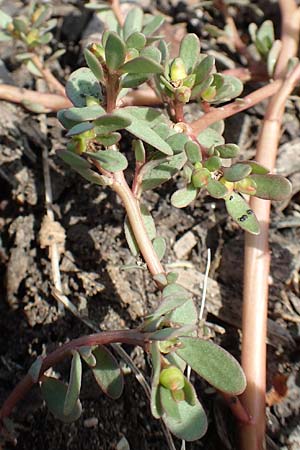 | ||
|
 | ||
|
 | ||
|
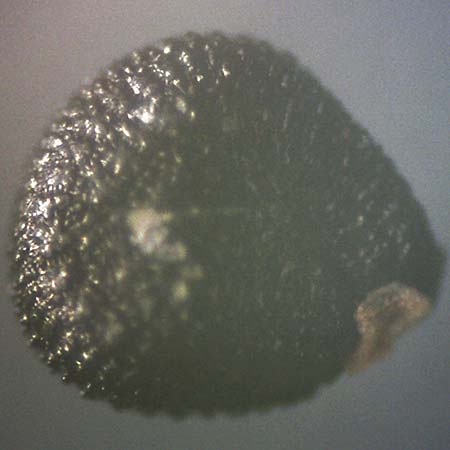 | ||
|
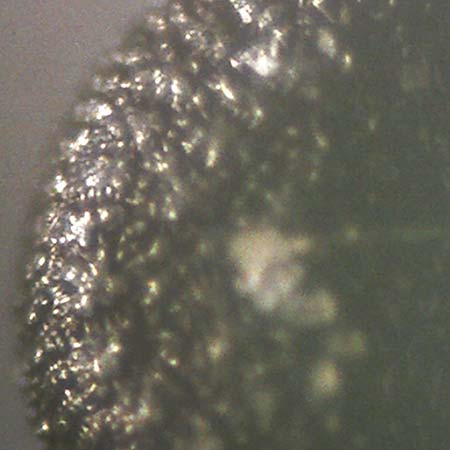 | ||
|
 | ||
|
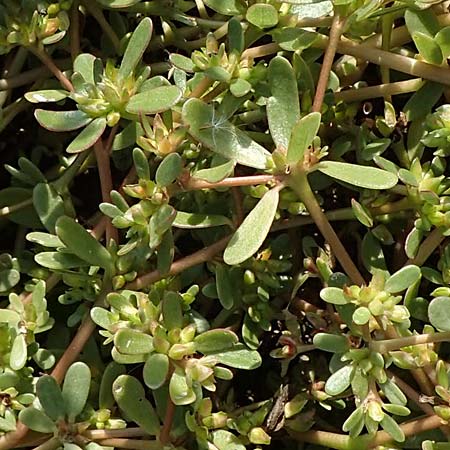 | ||
|
 | ||
|
 | ||
|
 | ||
|
 | ||
|
 | ||
|
 | ||
|
 | ||
|
 | ||
|
 | ||
|
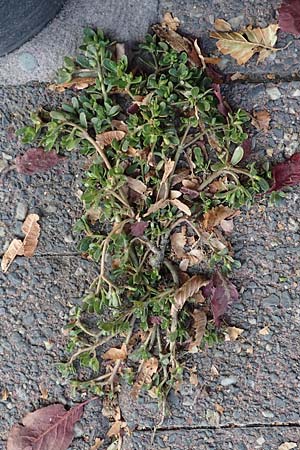 | ||
|
 | ||
|
 | ||
|
 | ||
|
 | ||
|
 | ||
|
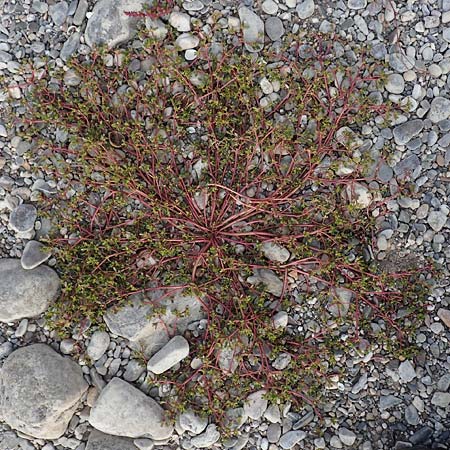 | ||
|
 | ||
|
 | ||
|
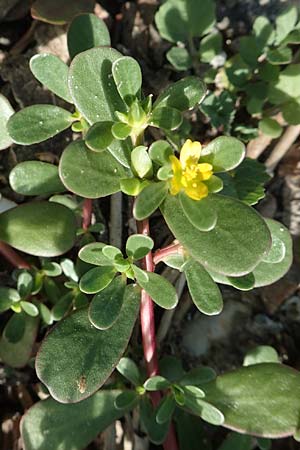 | ||
|
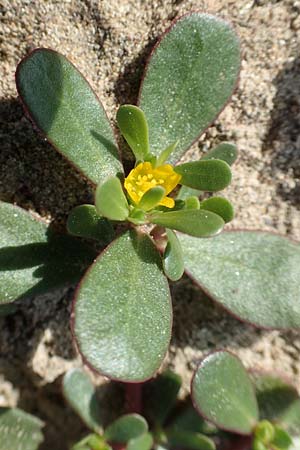 | ||
|
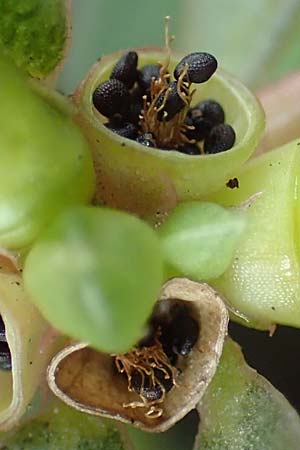 | ||
|
 | ||
|
 | ||
|
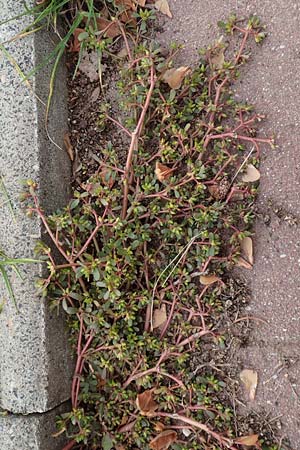 | ||
|
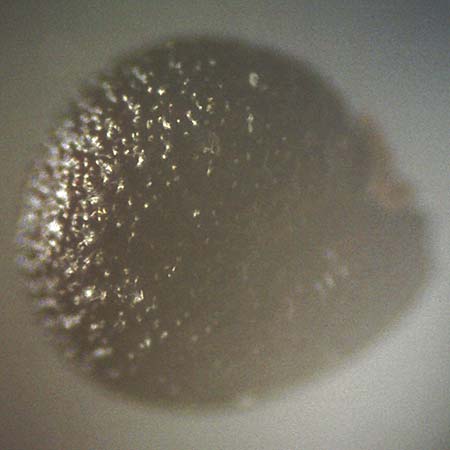 | ||
|
 | ||
|
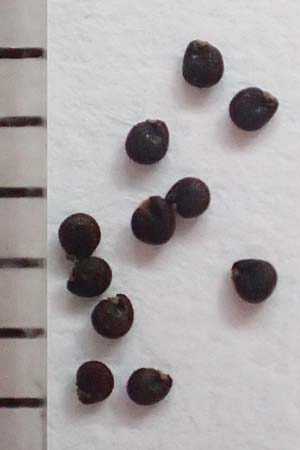 | ||
|
 | ||
|
 | ||
|
|
Nach oben
To top |
|
Startseite
Start page |
|
Inhalt
Contents |
|
Orchideen
Orchids |
|
Andere Pflanzen
Other Plants |
|
Pflanzen nach Familien
Plants acc. to Families |
|
.. Verwandtschaft:
.. Relationship: |
|
APG
APG |
|
trad.
trad. |
|
.. wiss. Namen
.. Scientific Names |
|
.. deut. Namen
.. German Names |
|
.. engl. Namen
.. English Names |
|
.. Blütenfarben
.. Bloom Colors |
|
.. Blütenbau
.. Flower Anatomy |
|
.. Blattform
.. Leaf Form |
|
.. Regionen
.. Regions |
|
.. Aufn.-Monat
.. Photo Month |
|
.. Früchten + Samen
.. Fruits + Seed |
|
.. Wurzeln + Knollen
.. Roots + Bulbs |
|
Schädlingsbefall + Missbildungen
Pest Infestation + Deformations |
|
Bäume
Trees |
|
Sträucher
Bushes |
|
Wasser-Pfl.
Water Plants |
|
Kletter-/Schling-Pfl.
Climbers + Twiners |
|
Nutz-Pfl.
Useful Pl. |
|
Zier-Pflanzen
Ornamental Pl. |
|
Farb-Var.
Color Var. |
|
Mehrere Kriterien
Multiple Criteria |
|
Biotope + Gruppen
Biotopes + Groups |
|
Botan.Links
Botan.Links |
| Copyright: Verwendung der Bilder und Texte nur mit schriftlicher Genehmigung des Autors. |
| Copyright: Use of the images and texts only with the author's written permission. |